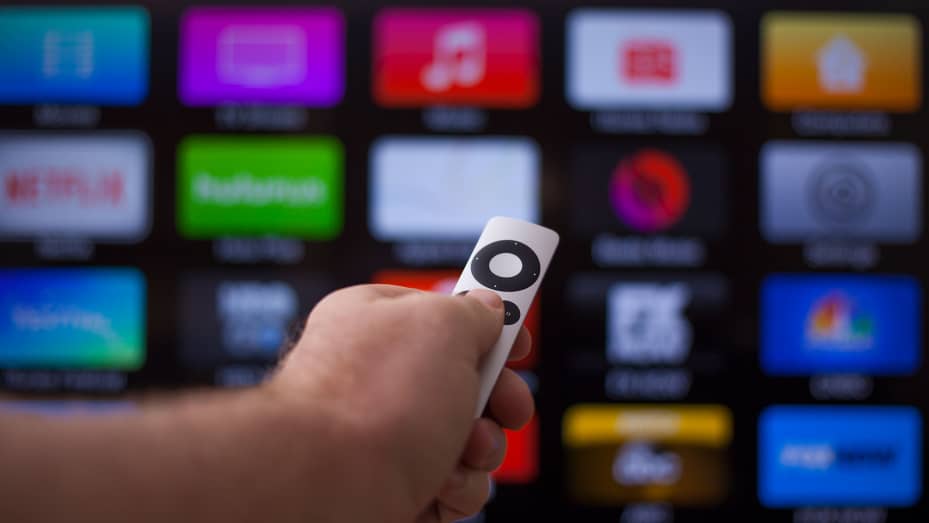The popularity of streaming services has increased over the last few years, and it's not hard to see why. In a short time we have all become accustomed to watching programs and movies on demand, at any time, with a flexibility that traditional TV struggles to achieve.
What awaits us in the near future? . Let's explore some forecasts and recent data to understand what awaits us in the coming years.
Weather
In the short term, and at a guess, the trend of streaming services will continue to grow, as more and more people move away from traditional TV. A path favored by the offer of "entry level" packages at more accessible prices.
The "diaspora" will extend spectators' habit of "everything now", as well as subscription services with low prices, and this will also favor the arrival on the market of new operators, large or small. Including monothematic ones.

Supporting data
On growing popularity: according to Forbes, in 2022 both "aficionados" and occasional TV viewers dedicated the 35% of their total time streaming, compared to only 10% of 2020. The "forced" transition to these services (also the result of the global confinement of the lockdowns due to the Covid) was the taste that convinced many to change their "diet" when using the contents.
On subscriber and channel growth: A report by Leichtman Research Group pixy that subscriptions will go up to 1,3 billion by 2024, compared to 800 million today, thanks to the availability of new content from existing providers and also new players.
After the "honeymoon", streaming will take a step back
Despite the success of the streaming platforms (led by the "forerunners" Netflix, Amazon Prime and Disney+
The future of streaming services closely resembles the television model that has made TV sustainable for decades. It is not yet clear to what extent this upward trend will continue, but it is likely that we may soon see extreme similarities between traditional TV models and modern streaming platforms.
Streaming, how will it end?
There is little doubt about this: streaming is here to stay. In all likelihood, it will be the standard for all players, even "traditional" ones.
After all, digital TV is enriched with increasingly vast archives, which can be consulted on demand, while new players will introduce more and more advertising. After all, the superimposition is already in place.


